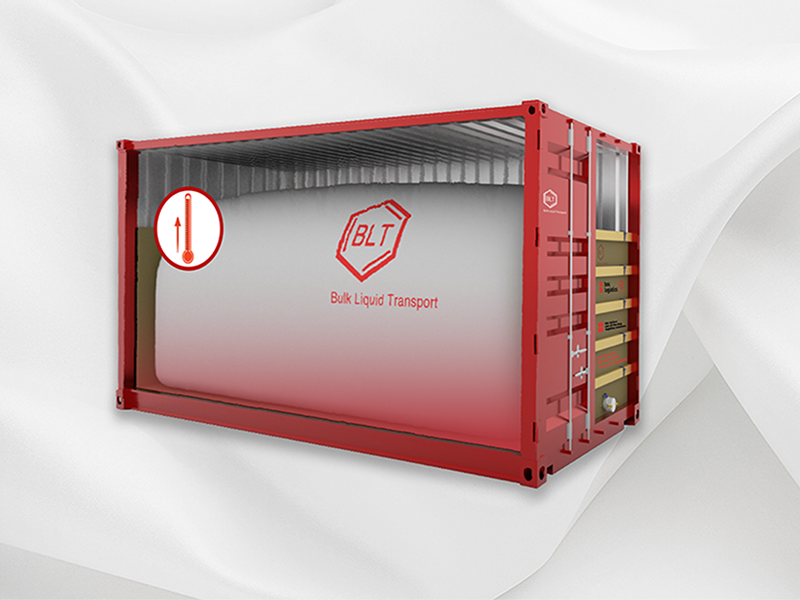Flexitanks have revolutionized the transportation of liquids, offering a flexible and cost-effective alternative to traditional methods like drums or barrels. However, the transportation of temperature-sensitive liquids such as certain chemicals, edible oils, or pharmaceuticals posed a challenge due to the risk of thermal degradation. Enter heat-resistant flexitanks – a groundbreaking solution designed to withstand high temperatures and maintain the integrity of the cargo. Let's delve into the innovation and advantages of heat-resistant flexitanks.

At the core of heat-resistant flexitanks lies innovative materials engineered to withstand extreme temperatures. These materials often include specialized polymers and barrier films designed to maintain structural integrity and prevent heat transfer. By leveraging advanced polymer technology, flexitank manufacturers have created a robust barrier that shields the cargo from external heat sources, ensuring its quality remains uncompromised throughout transit.
The primary function of heat-resistant flexitanks is to provide enhanced thermal protection for temperature-sensitive liquids. Whether navigating through scorching deserts or traversing frigid climates, these flexitanks act as a shield, preserving the cargo from temperature fluctuations. This safeguarding is particularly crucial for industries where maintaining product integrity is paramount, such as pharmaceuticals or specialty chemicals.
Heat-resistant flexitanks, is a common type of flexible container. One of the key advantages of heat-resistant flexitanks is their versatility and adaptability to various transportation modes and environments. Whether transported via road, rail, or sea, these flexitanks offer a seamless solution, ensuring the safe delivery of temperature-sensitive liquids to their destination. Moreover, their compatibility with standard shipping containers makes them easily deployable across global supply chains, facilitating efficient logistics operations.
In addition to their functional benefits, heat-resistant flexitanks contribute to environmental sustainability by reducing carbon footprint. Compared to traditional bulk liquid transportation methods, such as drums or IBC totes, flexitanks significantly lower transportation weight and volume, thereby reducing fuel consumption and emissions. This eco-friendly aspect aligns with the growing demand for sustainable logistics solutions in today's conscientious marketplace.
The advent of heat-resistant flexitanks marks a significant milestone in the evolution of liquid transportation technology. By combining innovative materials, enhanced thermal protection, versatility, and environmental sustainability, these flexitanks unlock new possibilities for industries reliant on the safe and efficient transportation of temperature-sensitive liquids. As we continue to push the boundaries of innovation, heat-resistant flexitanks stand as a testament to our commitment to overcoming logistical challenges and forging a path towards a heat-resistant future.